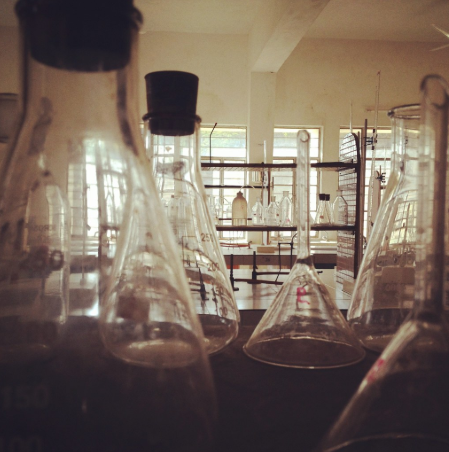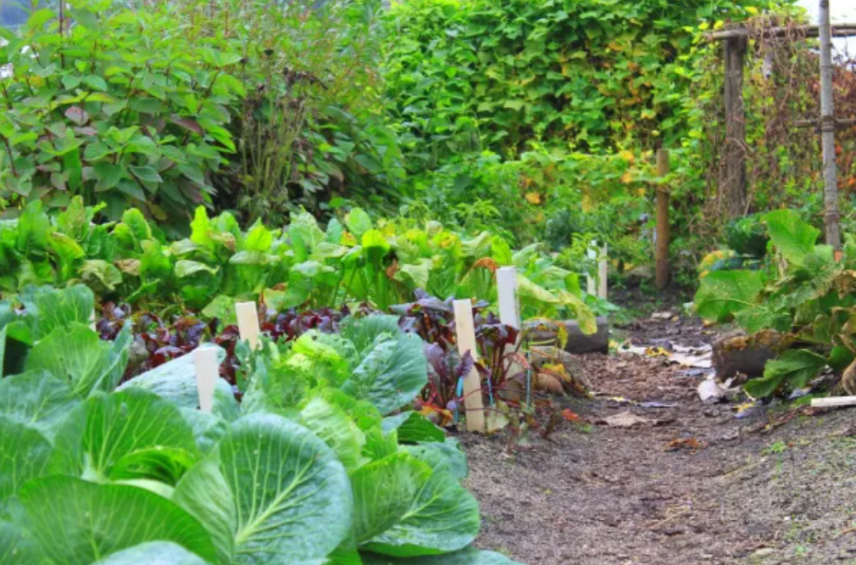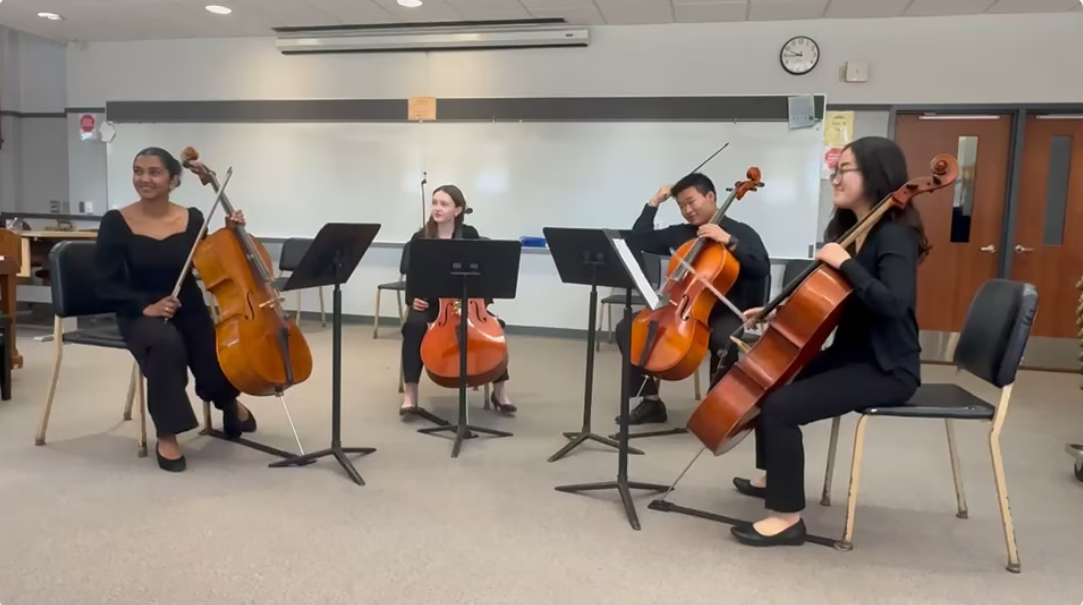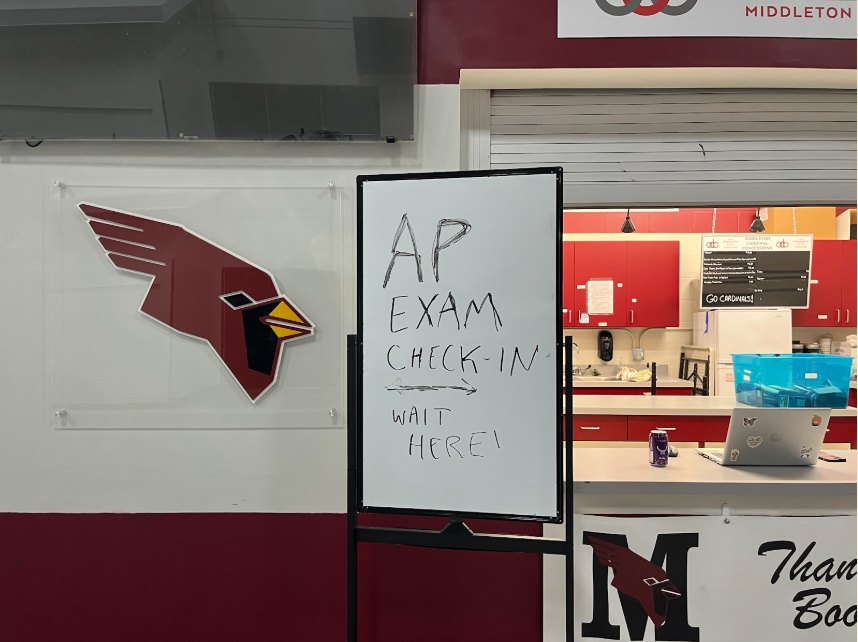The Best New Year’s Resolution

Me in May 2020, picking up trash and recyclables around my neighborhood. If I had not done this, they would have ended up in mass landfills, local bodies of water, or harming animals. This still occurs every day.
December 20, 2021
As we approach the new year and start thinking about New Year’s resolutions, consider choosing one that will affect the whole world: helping the environment every day. Climate change is a huge issue, and it is only getting worse. But if we all make an effort to help it, we can make a huge impact both at school and at home. Even the little things add up; maybe it is recycling a plastic bottle instead of throwing it away or re-wearing a piece of clean clothing instead of washing it.
The earth’s temperature is rising rapidly, and humans are the only ones to blame. There are several big reasons for this. The gases in the atmosphere around the earth act like a greenhouse, trapping heat from the sun in, and making the earth hotter (hence the name “greenhouse gases”). This is becoming significantly worse as the gas levels rise.
But what is causing the gas levels to rise? First, burning coal, oil, and gas causes carbon dioxide and nitrous oxide, which can be harmful to the earth’s atmosphere. In addition, deforestation causes carbon dioxide levels to rise because trees help to control the amount of carbon dioxide in the air.
Another contributor to climate change is livestock farming and overproduction. When cows and sheep digest their food, methane is released into the environment. In addition, many fertilizers release harmful chemicals into the air, and some release nitrous oxide.
Pollution, especially plastic pollution, is another huge contributor to climate change. Plastic takes years to break down, and it is rarely recycled properly. Many times, it ends up in the ocean, where it harms animals and plants. The material could also be added to a landfill, where it is extremely difficult for all of the garbage in the landfill to decompose and break down properly.
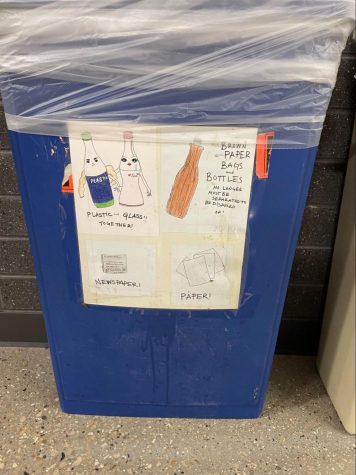
At school, one easy thing we can do is to recycle. If there is even a small amount of trash in the recycle bins, the janitors have to send it all to a landfill, because the school can be fined. This would not be such a big issue if everyone knew what can be recycled and what can’t. According to a survey, however, 27 percent of MHS students did not know what to recycle. Assuming the survey results apply to the entire population of MHS students, That’s over 500 people who either aren’t recycling or aren’t recycling correctly. A few commonly confused items when recycling are:
- Recyclables: NON-BROKEN glass, cans, bottles, paper, cardboard boxes (cereal/snack type)
- Non-recyclables: pizza boxes, takeout containers, egg cartons, styrofoam, plastic bags
Another impactful way to improve recycling at MHS is by putting a recycling bin in
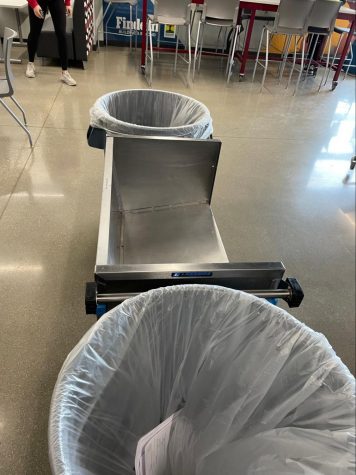
the lunchroom. As of December 2021, there are always six trash cans in the lunchroom, but no recycling bins. The lunchroom is one of the most common spaces for students to throw things away, since it is the most popular spot to eat lunch. Plenty of lunch containers are recyclable, but they get thrown away since there is no place to recycle them.
Another thing that seems simple, but is very beneficial, is reusing past school supplies, like pens, pencils, and even old notebooks. Just rip out the used paper and recycle it. Not only does this reduce waste, but it also reduces the amount of money you’ll have to spend on school supplies.
Individually, there are many ways to have a positive impact on the environment at school. Try riding the bus to school; since it is carrying so many other people, it will reduce the number of vehicles emitting greenhouse gases. Walking or riding your bike is even better. If you live far away from school and have to drive, see if a friend wants to join, and carpool with them!
It is also great to bring a reusable water bottle instead of buying bottled water. The average bottle of water costs $1.50. If you bought one water bottle every school day, you would have spent $270 by the end of the school year! So not only are you helping the environment by bringing a reusable water bottle, you are helping yourself.
If you are interested in helping the environment and spreading information about it, join Green Team at MHS. The club has many projects they are currently working on, including elementary school visits to teach kids how to help the environment, a refillable marker drive, a thrifting account on Instagram (@mhs.green.thrifts), and a plastic bag drive.
In order to help the environment at home, cut down on animal products. Not only does it benefit the Earth, it can be very good for your health. The word “vegan” can be intimidating, but you do not have to become vegan overnight (or ever.) Start by just participating in “Meatless Monday” or try making a plant-based version of one of your favorite dishes. There are vegan alternatives and recipes for almost any food you can think of. You can start by checking out these vegan recipes from our last publication.
Speaking of food, it is also great for the environment to grow your own food. The trucks that carry food release lots of gases that are harmful to the environment, and by growing food in a garden, you reduce the number of trucks needed. You’re probably asking yourself “how can one less head of lettuce make there be one less truck?” or “This is too little to make a difference.” And you are right. But imagine if 50, 100, or 1000 people grow their own food and skip a trip to the grocery store. That is several trucks less, and it adds up over time.
Many people do not have the time or money to start a garden and keep up with it often, though. Those people could try to buy organic food. Non-organic produce is sprayed with pesticides and chemicals that are not only harmful to the environment; they are harmful to our bodies too. By purchasing organic food, the demand for it goes up, and the demand for non-organic food goes down.
When grocery shopping, consider also bringing your own bags. Personally, I love using tote bags. I bring them almost everywhere because they are super convenient. It is easy to find one that you like because they come in just about every pattern, color, design, and brand.
After reading about some easy ways to help the environment, I encourage you to try some of them out in 2022. If we all pitch in, we could start reversing climate change for good.








